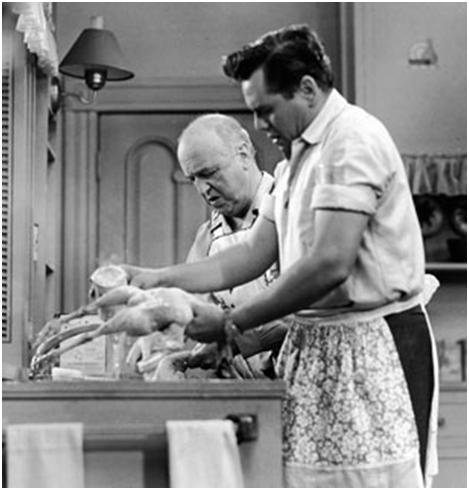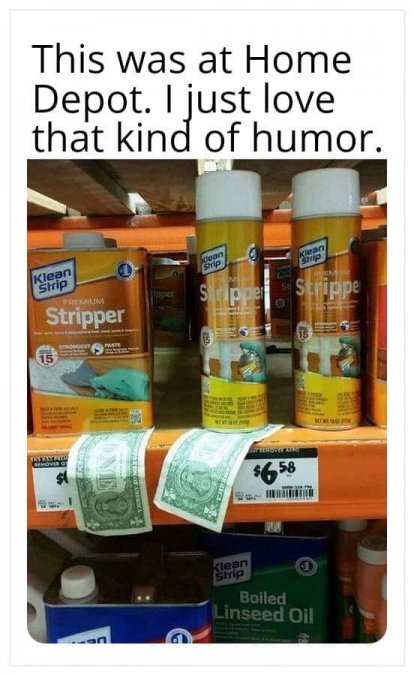-
Posts
22,560 -
Joined
-
Last visited
-
Days Won
285
Content Type
Links Directory
Profiles
Articles
Forums
Downloads
Store
Gallery
Blogs
Events
Everything posted by Don Coatney
-
-
-
-
25" Desoto engine.
-
Piston expanders or piston ring expanders?
-
I assume your 1947 D-24 is a fluid drive car. Why do you use 1st gear and why do you use the clutch? In my D-24 fluid drive car I back out of the garage and use the clutch to shift to 2nd gear. That is the last time I use the clutch. I easily accelerate from a dead stop in 2nd gear without using the clutch. When it is time to shift to 3rd gear I drop the lever to neutral and put a slight downward pressure on the shift lever and it slips into 3rd without grinding. When I come to a stop light I move the shift lever to neutral and put a slight pressure upward to the 2nd gear and when the slow down speed is correct it pops into 2nd gear without grinding and without using the clutch. I hold the brake until the light turns green then hit the gas and repeat the above procedure.
-
This is the recommended clutch people.
-
Others here have had good results Pushing 12 volts through 6 volt starter. I did not. What I discovered was not only does the starter motor spin at twice the speed but the engagement gear also engages at twice the speed into the starter ring gear jamming and locking in to the flywheel ring gear. I went to a 12 volt starter motor and had no more issues. Your solder melt down may have come from extended starter motor run time. I always use short 4-7 second blasts with a 10-12 second cool down time between.
-

EPA to ban some paint strippers
Don Coatney replied to John Rogers's topic in Mopar Flathead Truck Forum
Truthfully? -
No resistor required when running a 6 volt battery.
-
Turn the dam key off Frank! The guy who bought my P-15 lives near you in Mingo, Ohio. His forum handle is hotrodtractor.
-
-
Your shopping cart is empty. Subtotal: $0.00 Quick AddCart / Checkout Fastener Info General Fastener Info Measuring Fasteners Materials and Grades Printable Fastener Tools Type-specific information Wood Screws Sheet Metal Screws Bolts Flange Bolts Machine Screws Nuts and Washers Anchoring Products Eye Bolts and Eye Lags Hanger Bolts U-Bolts and J-Bolts Shoulder Bolts Sex Bolts Blind Rivets Driver Bits Unit Conversion Tap and Drill Sizes Other Useful Information Bolt Grade Markings and Strength Chart Print this page US Bolts Head Marking Grade and Material Nominal Size Range (inches) Mechanical Properties Proof Load (psi) Min. Yield Strength (psi) Min. Tensile Strength (psi) No Markings Grade 2 Low or medium carbon steel 1/4" thru 3/4" 55,000 57,000 74,000 Over 3/4" thru 1-1/2" 33,000 36,000 60,000 3 Radial Lines Grade 5 Medium carbon steel, quenched and tempered 1/4" thru 1" 85,000 92,000 120,000 Over 1" thru 1-1/2" 74,000 81,000 105,000 6 Radial Lines Grade 8 Medium carbon alloy steel, quenched and tempered 1/4" thru 1-1/2" 120,000 130,000 150,000 Grade A325 Carbon or Alloy Steel with or without Boron 1/2" thru 1-1/2" 85,000 92,000 120,000 Stainless markings vary. Most stainless is non-magnetic 18-8 Stainless Steel alloy with 17-19% Chromium and 8-13% Nickel All Sizes thru 1" 20,000 Min. 65,000 Typical 65,000 Min. 100,000 – 150,000 Typical Metric Bolts Head Marking Class and Material Nominal Size Range (mm) Mechanical Properties Proof Load (MPa) Min. Yield Strength (MPa) Min. Tensile Strength (MPa) Class 8.8 Medium carbon steel, quenched and tempered All Sizes below 16mm 580 640 800 16mm - 72mm 600 660 830 Class 10.9 Alloy steel, quenched and tempered 5mm - 100mm 830 940 1040 Class 12.9 Alloy steel, quenched and tempered 1.6mm - 100mm 970 1100 1220 Stainless markings vary. Most stainless is non-magnetic. Usually stamped A-2. A-2 Stainless Steel alloy with 17- 19% chromium and 8-13% nickel All Sizes thru 20mm 210 Min. 450 Typical 500 Min. 700 Typical Tensile Strength: The maximum load in tension (pulling apart) which a material can withstand before breaking or fracturing. Yield Strength: The maximum load at which a material exhibits a specific permanent deformation Proof Load: An axial tensile load which the product must withstand without evidence of any permanent set. 1MPa = 1N/mm2 = 145 pounds/inch2 Shop for US Bolts Shop for Metric Bolts C
-
Is your radiator vented on the top as pictured below?
-
We do cubic inches here. I have no idea what a 3.9 is.
-
-
I bought a replacement switch as pictured with cover.
- 8 replies
-
- dimmer switch
- low beam switch
-
(and 1 more)
Tagged with:
-
No cover
- 8 replies
-
- dimmer switch
- low beam switch
-
(and 1 more)
Tagged with:
-
The pilot bushing in the end of the crankshaft supports the engine end of the transmission input shaft.
-
This is what I had to do to my oil pan.
-
Your choice, your tape measure.
-
I am also unfamiliar with this linkage so I cannot offer any assistance.










